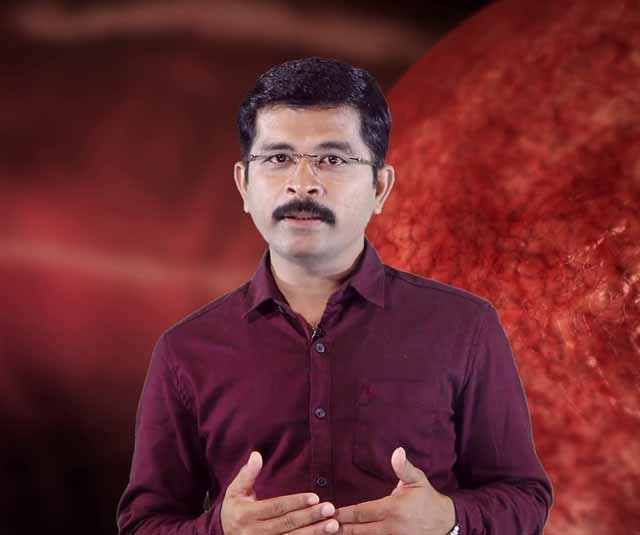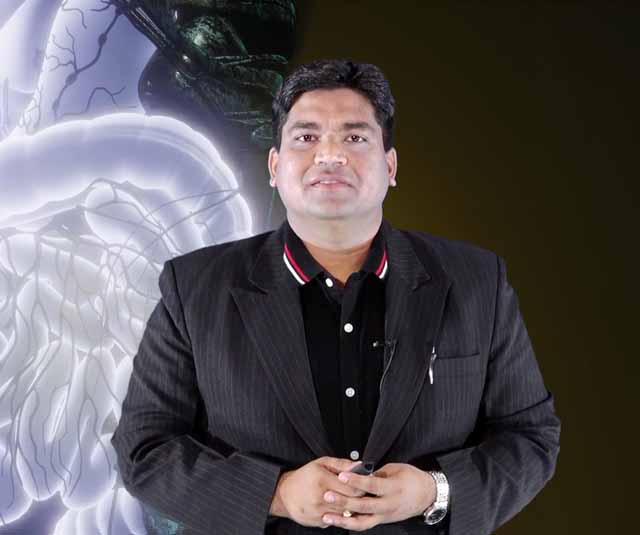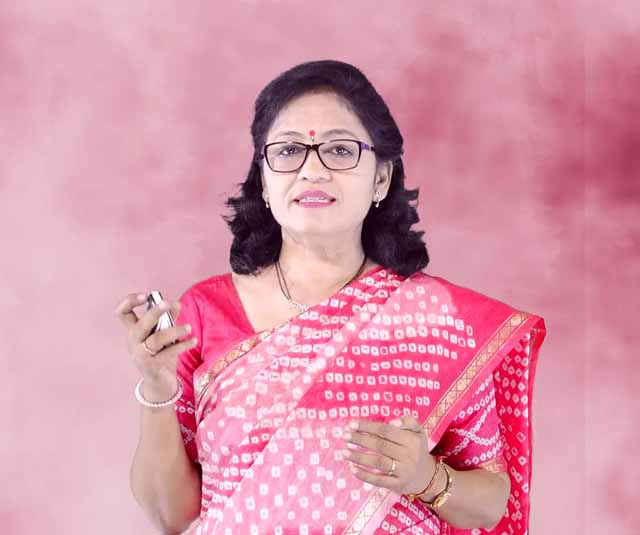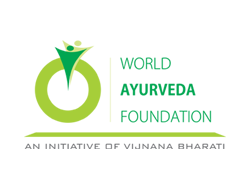

Guna
resides in Dravya. It has variety of characteristics, so can not be assessed by
a single parameter. Concept of Guna is accepted by Ayurveda from Darshana but
with slight modification. Total 41 Gunas are accepted in Ayurveda. Guna is
classified in to Vishesha- 5, Gurvadi - 20,
Adhyatmika- 6, and Paradi- 10, on the basis of way of perception and
utility in treatment. Artha guna/ Vishesha guna – are special senses, includes
shabda, sparsha, roopa, rasa and gandha. Shabda is of two kinds, dhvani and
varna. The attribute which is only experienced by
tactile sensation is Sparsha. Rupa is experienced by visual sense organ only
(Eyes). Rasa is object of gustatory sense organ, while
gandha is special sensation perceived by nose, which is the establishment of
olfactory sense. These are seen in akasha vayu agni jala and pruthvi
predominant dravyas respectively. All of these used in clinical examination,
diagnosis and treatments. Adhyatmika Guna – are those pertaining to manas and
atma. This includes, buddhi, iccha dvesha prayatna, sukha, and dukkha. These
are also useful in understanding the disease, its cause, satvavajaya chikitsa and
daiva chikitsa.

By Anup Bhosgikar
By Anup Bhosgikar

By Avula srinivas

By Dr.Pritesh Shukla

By Dr.Pritesh Shukla

By Dr. Nitesh gupta
By Anup Bhosgikar

By Anup Bhosgikar

By Dr.Nilesh Kasar

By Dr. Nitesh gupta

By Dr. Sarita Bhutada
By Anup Bhosgikar

By Anup Bhosgikar

By Dr.Nilesh Kasar

By Dr. Nitesh gupta

By Dr. Sarita Bhutada



FAQ